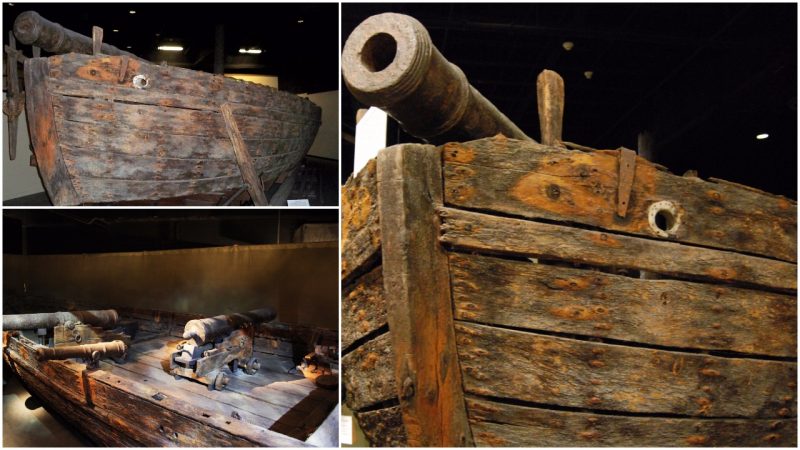Once part of the Continental Navy, the USS Philadelphia was a gunboat from the 1770s. During the Battle of Valcour Island on 11 October 1776, she was part of a fleet of ships that fought the much larger Royal Navy on Lake Champlain.
Many American boats were damaged in that battle, and the Philadelphia was one of very few that was sunk on the first day. In the days that followed, many more of the American fleet were burned, sunk, or captured. Not many of the ships that were used in the American Revolutionary War have been raised, but the Philadelphia is an exception.
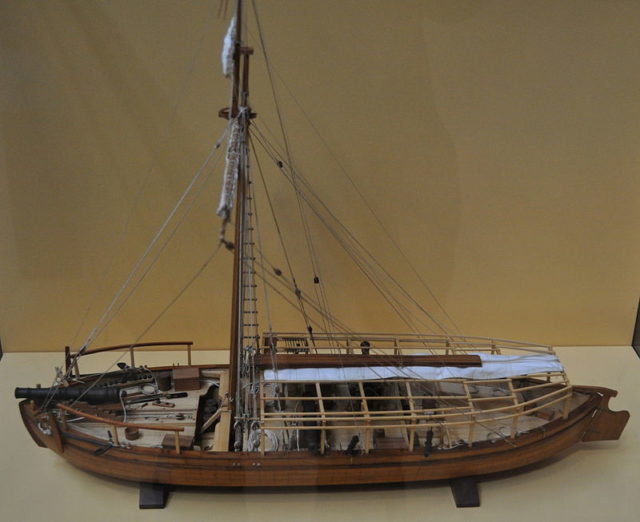
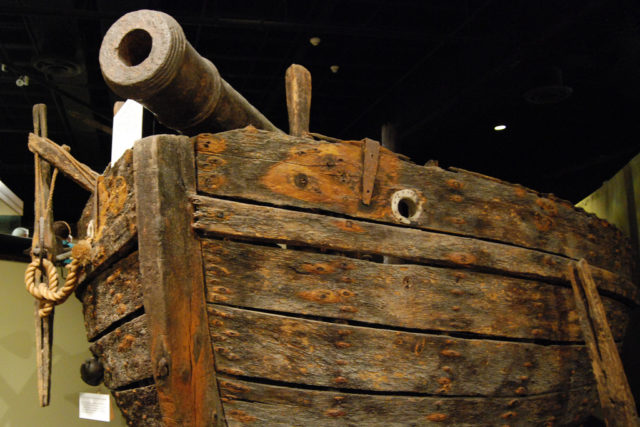
She was one of eight gundalows that were built at Skenesborough, New York. Made of oak, she was 53 feet, 2 inches long. Her mast was 36 feet high with a squared rigged topsail and mainsail. Mounted on her were three cannons – the 12-pounder sat facing forwards, and the two 9-pounders were facing starboard and port.
On board, she also had mounts for up to eight swivel guns. Near the end of her construction, General Arnold ordered that her aft deck is raised so that a mortar could be placed there. This idea was rescinded after the mortar exploded during a test firing at Fort Ticonderoga. It is thought that ballast was put in place of the mortar to maintain equilibrium in the boat. A canvas awning aft of the mast could have been used to deflect and diffuse musket fire when lashed to the side; otherwise, it would have been meant to keep the weather off the crew.
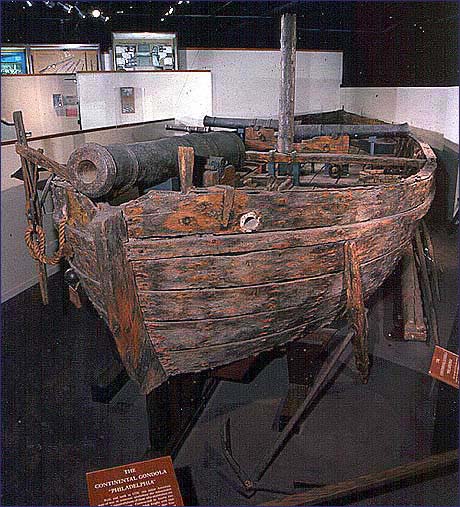
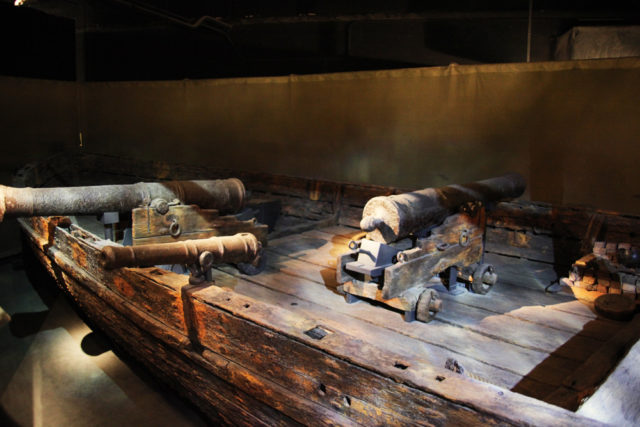
The USS Philadelphia was completed in mid-August of 1776. Late in August, the fleet was assembled by General Arnold, and they sailed the northern stretches of Lake Champlain. It was expected that a larger British fleet would arrive, so the Philadelphia was stationed in Valcour Bay. She was part of the fleet in the Valcour Straits when the Royal Navy appeared. The two forces clashed on 11 October, and by dusk, the British ships had holed the Philadelphia with a 24-pound shot, and she sank. Nightfall ended the skirmish and Arnold slipped away. Nearly all of his remaining ships were sunk, burned, or captured over the next two days.
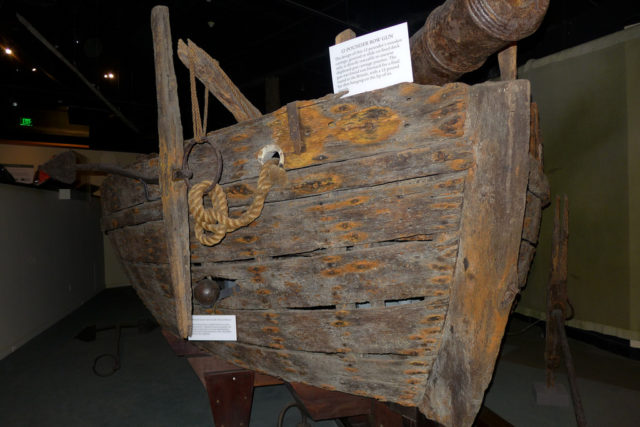
Using the replica, the Philadelphia II, the Lake Champlain Maritime Museum has determined that the original boat would not have been very maneuverable. Accounts exist that state the gundalows tended to skip across the water and were easily blown off course by the winds. They needed safe shelter when the winds were high.
The remains of the boat were found in 1935 by Lorenzo Hagglund, a WWI veteran, and an avid history buff. The Philadelphia was raised the same year. All of her guns were found, as well as hundreds of items such as lead shot, tools, buckles, human bones, and cooking utensils. The vessel has been successfully restored and is now a long-term display at Exeter, New York.

Hagglund has spent many years searching for others of that fleet and has recovered the Royal Savage only.
Unfortunately, due to being kept out of the water, the Philadelphia is suffering from continuing deterioration of her wood and iron fittings. Attempts to stabilize the boat have continued to fail. She is a National Historic Landmark and has a place on the National Register of Historic Places. USS Philadelphia and the artifacts are a part of the permanent collection of the National Museum of American History, in Washington, D.C.
